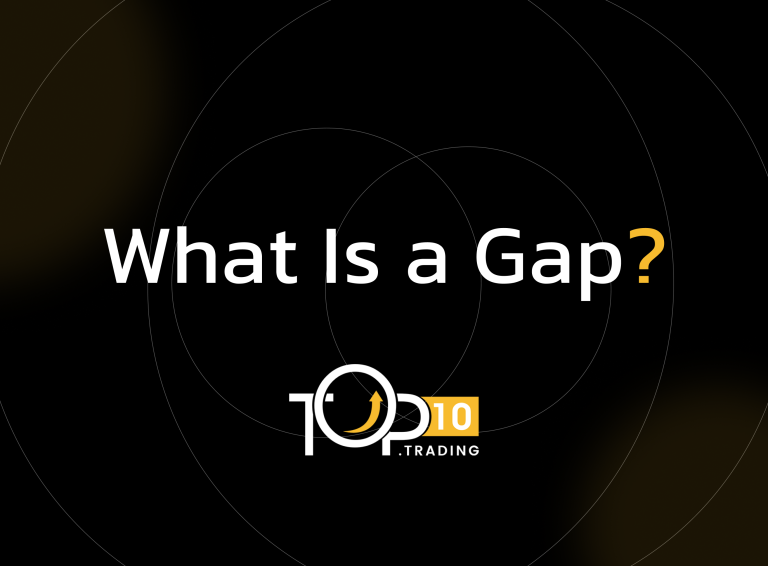Gap Definition

A gap refers to a significant price movement of a financial asset, such as a stock, currency, or commodity, where there is no trading activity between the previous closing price and the next opening price. This creates a visible “gap” on the price chart. Gaps occur due to sudden shifts in market sentiment, often triggered by news events, earnings reports, or other external factors.
Key Takeaways
- A gap is an area on a price chart where an asset’s price moves sharply up or down with no trading activity in between.
- Gaps are classified into four types: common, breakaway, continuation (runaway), and exhaustion gaps.
- They are caused by factors like earnings reports, news events, and market closures.
- Traders use strategies like gap filling or momentum-based approaches to capitalize on gaps but must manage risks carefully.
- Understanding gaps provides insights into market sentiment and potential trading opportunities.
Types of Gaps
Gaps are categorized based on their location in the price trend and their implications for future movements:
- 1. Common Gap: Occurs regularly and is not tied to any specific event. These gaps often fill quickly as the price returns to the pre-gap level.
- 2. Breakaway Gap: Appears at the start of a new trend, breaking out of a consolidation phase or price pattern.
- 3. Continuation (Runaway) Gap: Occurs in the middle of an existing trend, signaling strong momentum in the same direction.
- 4. Exhaustion Gap: Forms near the end of a trend, indicating potential reversal or loss of momentum.
How Gaps Occur
- Gaps can be caused by various factors:
- Earnings Reports: Positive or negative surprises in earnings can lead to sharp price movements.
- News Events: Announcements such as mergers, economic data releases, or geopolitical developments can trigger gaps.
- Market Closures: Gaps often occur between trading sessions when markets are closed, especially in stocks and forex markets over weekends.
- Algorithmic Trading: Automated trading systems can amplify price movements, creating gaps.
- For example:
- A stock may "gap up" if it opens significantly higher than its previous close after strong earnings.
- Conversely, it may "gap down" after disappointing news.
Trading Strategies for Gaps
- 1. Gap Fill Strategy: Assumes that prices will revert to the pre-gap level. Traders look for opportunities to profit from this reversal.
- 2. Gap and Go Strategy: Focuses on trading in the direction of the gap's momentum, especially for breakaway or continuation gaps.
- 3. Risk Management: Use stop-loss orders to manage volatility associated with gap trading.
Risks and Considerations
- Volatility: Gaps often come with high volatility, increasing both profit potential and risk.
- False Signals: Not all gaps lead to meaningful trends; some may fill quickly without further movement.
- Market Conditions: External factors like low liquidity can exaggerate gaps.
- By analyzing gaps effectively, traders can identify key levels of support and resistance while leveraging market volatility for profit opportunities.
